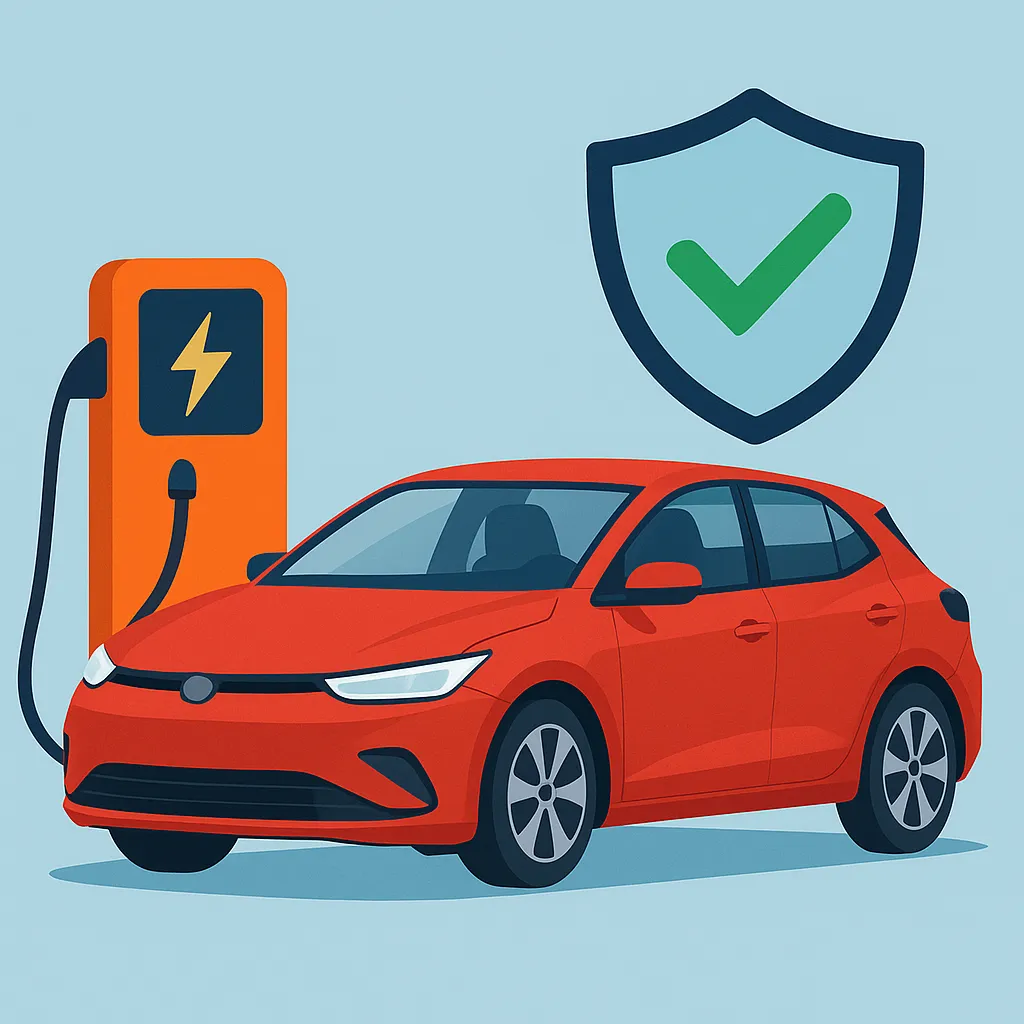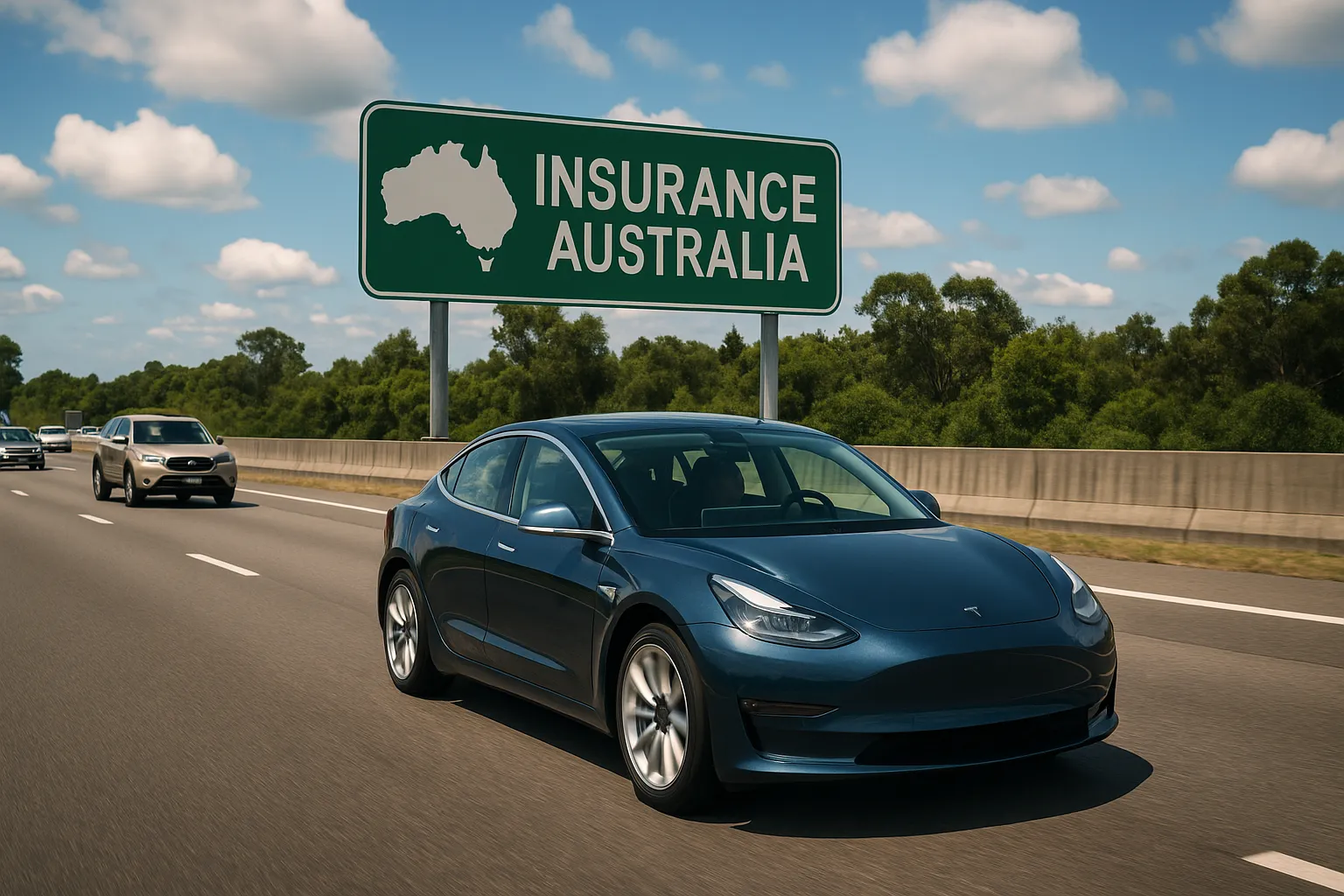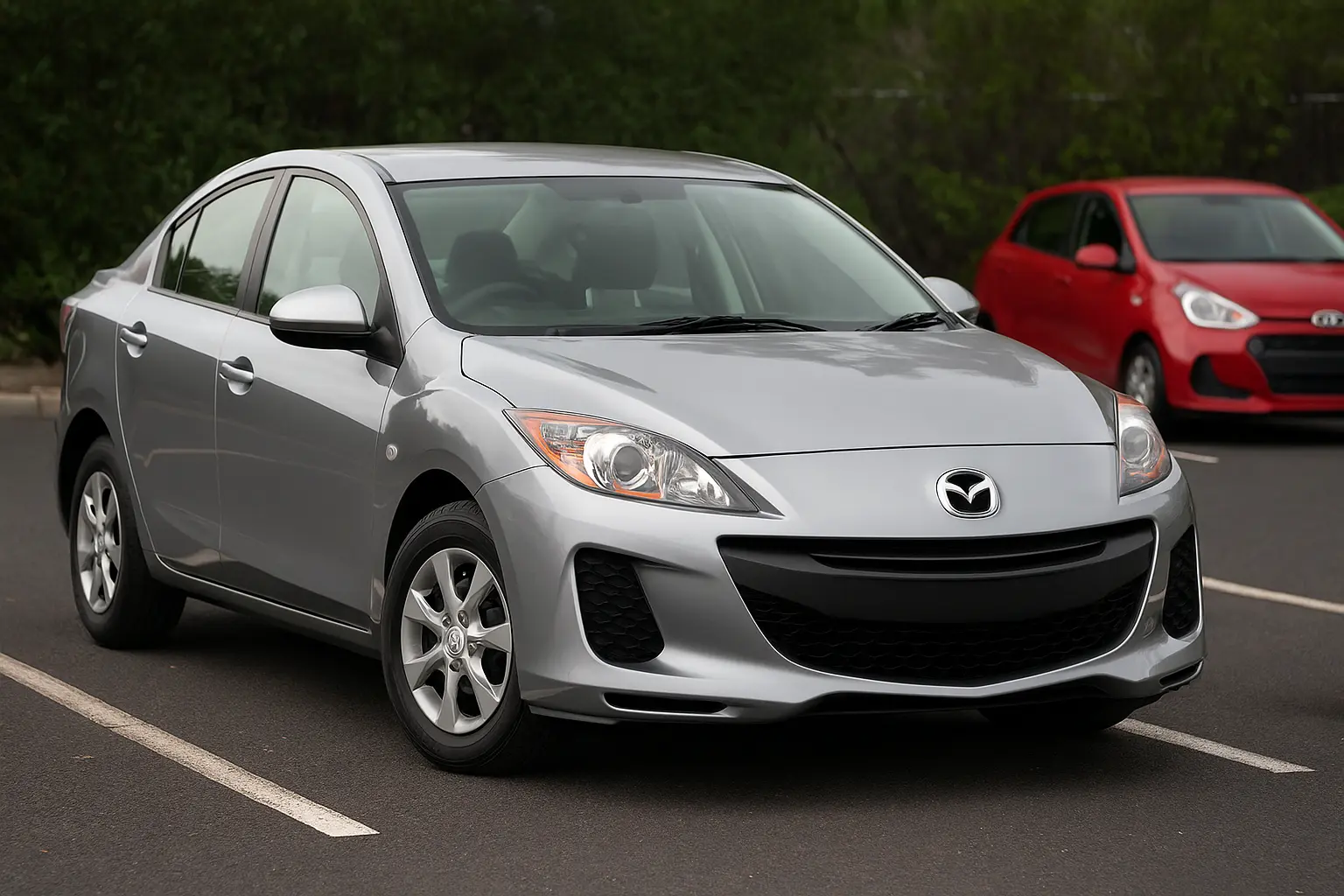Car insurance in Australia has traditionally been a necessary evil — something you must have, often pay too much for, and hope to never use. But in 2025, the industry is undergoing a massive transformation. From telematics-based premiums to EV-specific coverage, on-demand insurance, and AI-powered claims processing, the car insurance landscape looks dramatically different from just a few years ago.
Whether you’re a seasoned driver or a P-plater, understanding these changes is key to getting better value, better protection, and more control over your costs. In this guide, we break down how car insurance is changing in Australia in 2025, what it means for you, and how you can save.

The Big Trends Driving Insurance in 2025
✅ Usage-Based Insurance (UBI) Is Going Mainstream
In 2025, more insurers are shifting towards usage-based insurance, where premiums are based on how, when, and how far you drive.
- Powered by telemetry (black box) devices or smartphone apps
- Tracks speed, braking, acceleration, and mileage
- Rewards safe and low-mileage drivers
Tip: If you're a low-kilometre driver or mostly use your car on weekends, you could save hundreds per year by switching to UBI.
✅ EV-Specific Insurance Products
As electric vehicles grow in popularity, traditional policies no longer cut it. In 2025, insurers offer tailored EV coverage that accounts for:
- Battery degradation and replacement
- Charging cable theft or damage
- Accidental charger mishaps
- Specialised roadside support for EVs
EV owners in Australia can now choose policies that offer bundled home charging cover or network recharge credits in the event of claim-related downtime.
✅ On-Demand and Subscription-Based Coverage
Short-term and flexible insurance is booming:
- Ideal for car-sharing, part-time drivers, and P2 licence holders
- Choose daily, weekly, or monthly coverage
- Turn your policy on/off via apps
Perfect for: Uni students, gig economy workers, and households with multiple cars.
Key Changes in Policy Structures
🔁 Pay-As-You-Drive (PAYD)
Unlike flat premiums, PAYD insurance charges you based on distance travelled — great for remote workers and retirees.
- Track usage via GPS or odometer snapshots
- Can reduce your premium by up to 40%
- Often bundled with discounts for electric or hybrid cars
🧠 AI and Machine Learning in Claims & Underwriting
Insurers are adopting AI-driven claim systems that:
- Process basic claims in under 10 minutes
- Auto-approve repairs based on dashcam or app-uploaded images
- Flag fraud attempts
Meanwhile, underwriting is becoming more dynamic. If your driving patterns improve, your premium could adjust in real-time.
🆕 Multi-Car and Multi-Policy Discounts
With inflationary pressures, insurers are encouraging bundled policies across home, contents, and car.
- Discounts up to 25% for bundling
- Option to combine multiple cars into one family plan
- More flexible coverage across states and territories
EVs, Hybrids & Green Cars – The Insurance Shift
⚡ EV-Specific Risk Profiles
Historically, EVs had higher premiums due to expensive battery repairs. But in 2025:
- EVs are now treated more favourably due to fewer moving parts
- Lower accident rates due to ADAS (Advanced Driver Assistance Systems)
- Some insurers now offer discounts for zero-emissions vehicles
🌿 Green Car Insurance Perks
Insurers now incentivise drivers of hybrids and EVs through:
- Carbon offsetting
- Discounts on car servicing with eco-friendly partners
- Roadside assistance with EV chargers
🔋 Battery Warranty Add-ons
Some policies now offer battery-specific cover, such as:
- Extended EV battery replacement warranties
- Replacement in case of battery failure due to water ingress
- Coverage for software updates and diagnostics
Technology-Driven Premium Adjustments
📲 Telematics: Driving Behaviour = Lower Premiums
Telematics devices are no longer exclusive to fleet vehicles.
- Young drivers and P-platers can opt in for “smart insurance”
- Monitor speed, cornering, braking, night driving
- Safe driving unlocks rewards or instant cashback
📡 Real-Time Vehicle Data Sharing
With consent, some vehicles share live vehicle data directly with insurers, including:
- Tyre pressure alerts
- Check engine warnings
- Fuel economy
Tip: Brands like Tesla, Polestar, and BYD already support this data sharing — and some insurers reduce premiums based on it.
Big Insurers Adapting to the Future
🏢 Insurers Leading Innovation in Australia
Some leading names adapting rapidly in 2025:
- NRMA – Offers EV bundle with home charging insurance
- Bingle (Suncorp) – UBI-focused app-based pricing
- Youi – Dynamic discounts based on real-time driver interviews
- Huddle – On-demand and hourly car insurance
- KOBA – Fully usage-based with connected vehicle telematics
Challenges Aussie Drivers Face in 2025
🔺 Premium Hikes Due to Natural Disasters
Flooding, bushfires, and storm damage are driving premiums higher, especially in:
- Queensland (cyclone-prone)
- NSW South Coast
- Northern Territory
Some insurers now exclude flood cover entirely, or charge high excesses for high-risk postcodes.
🔺 Confusing Product Disclosure Statements (PDS)
Many Aussies still struggle to compare policies effectively.
Tip: Always read the Product Disclosure Statement (PDS) carefully. Watch for:
- Excess fees for windscreen damage
- Limits on EV charging cable cover
- Whether towing is included or extra
How to Save on Car Insurance in 2025
💡 Top Tips:
- Compare policies every year – don’t auto-renew blindly
- Use reputable comparison platforms like Canstar or Finder
- Ask for no-claims discounts and bundling bonuses
- Opt for a higher excess to lower premiums
- Install dash cams – some insurers offer discounts
- Avoid unnecessary extras like roadside if you already have NRMA or RACV membership
- Check if your job title affects premium – even minor changes can impact quotes
What to Look for in a 2025 Car Insurance Policy
| Feature | Why It Matters |
|---|---|
| Telematics Support | Save money if you’re a good driver |
| EV/Hybrid-Specific Coverage | Protects battery, charger, and software |
| Flexible Coverage Options | Ideal for short-term or casual driving |
| Fast Digital Claims Process | Less stress, faster repair timelines |
| Repair Choice | Some let you choose your preferred shop |
| Windscreen & Glass Cover | Avoids extra excess on minor incidents |
| Roadside & Towing Included | Essential in remote or rural areas |
| Flood and Fire Cover Optional | Vital in high-risk postcode zones |
What’s Next? The Future of Car Insurance in Australia
🔮 Predictions for 2026 and Beyond
- AI-Driven Instant Claims: Submit dashcam footage and get an automated verdict within seconds
- Autonomous Car Insurance: New pricing models for semi or fully self-driving cars
- Peer-to-Peer Insurance Models: Community-based risk pooling
- In-Car Insurance: Factory-installed insurance apps linked to your infotainment system
Digital Driver Scorecards: Public ratings for driver safety tied to insurance discounts

Final Thoughts
Car insurance in Australia is becoming more personalised, data-driven, and flexible than ever. Whether you're driving a petrol hatch, a plug-in hybrid SUV, or a fully electric sedan, 2025 is the year to review your policy and find smarter ways to save.
As an Aussie driver, don’t just settle for what you’ve always had. The changes in the industry are designed to reward the informed — and now you are.
Leave a comment
Your email address will not be published. Required fields are marked *




















